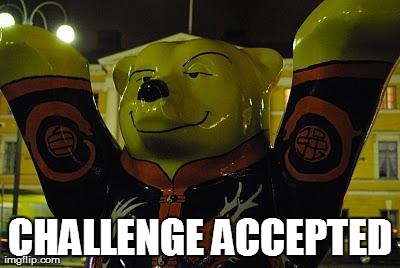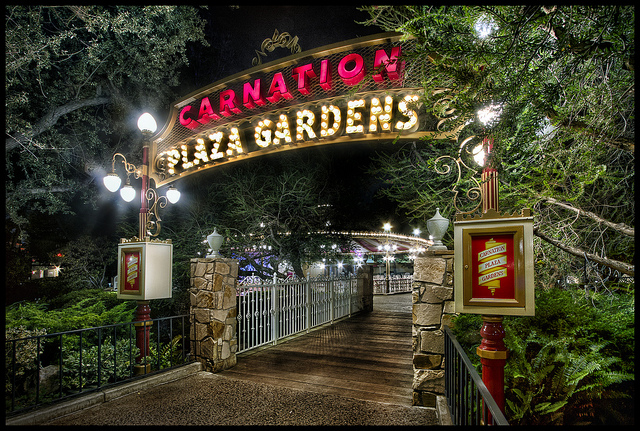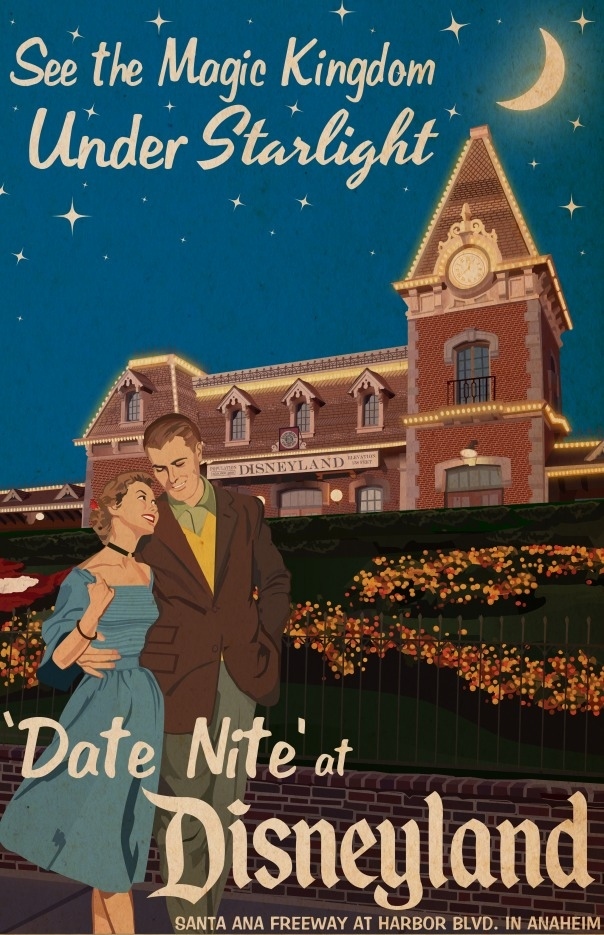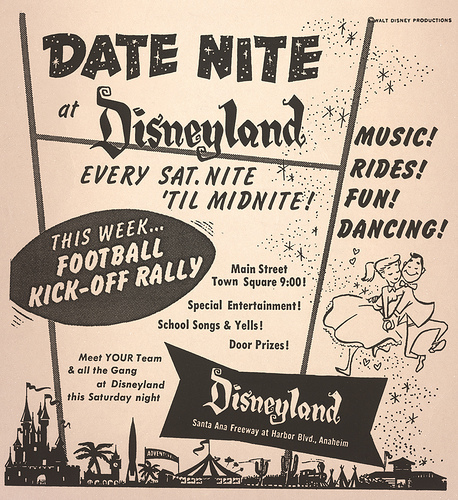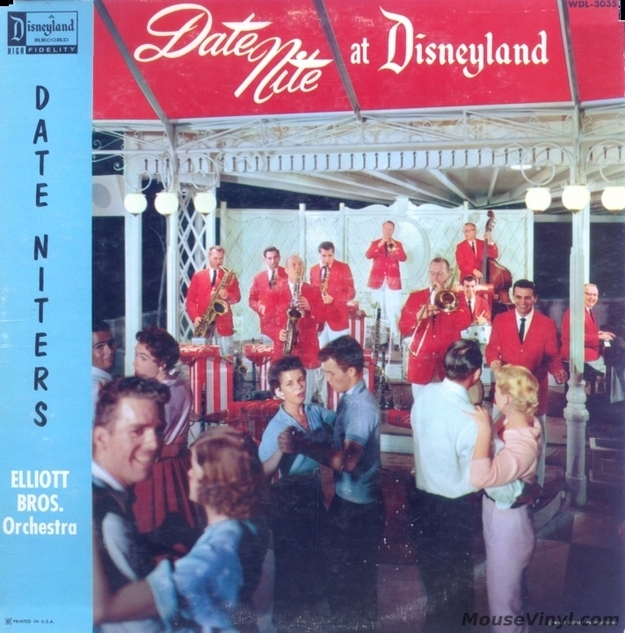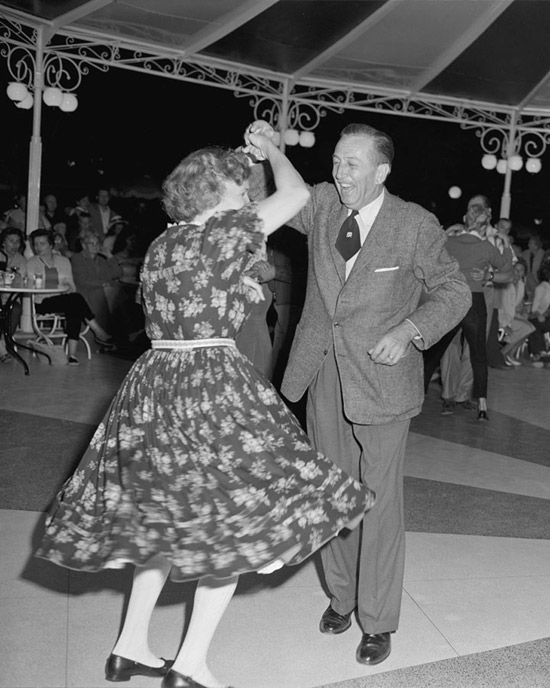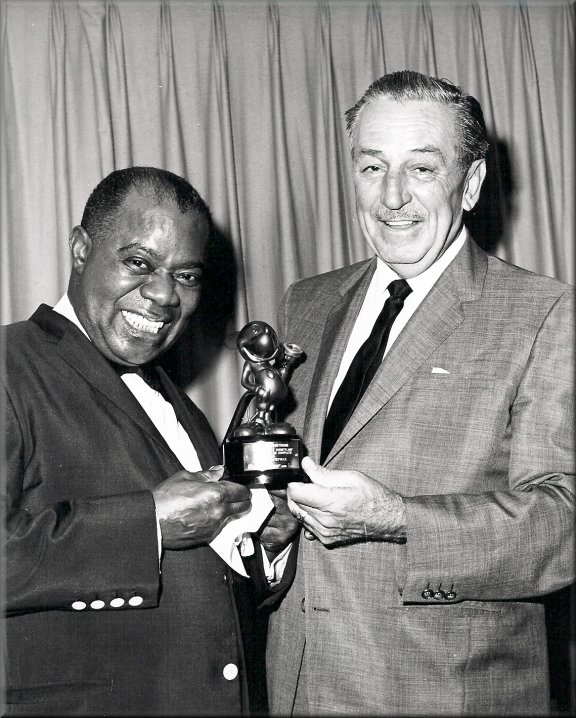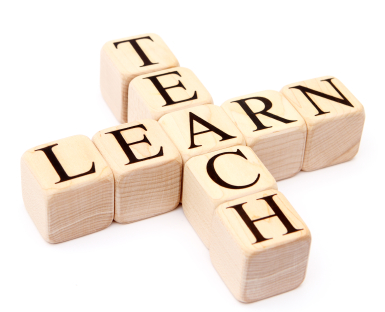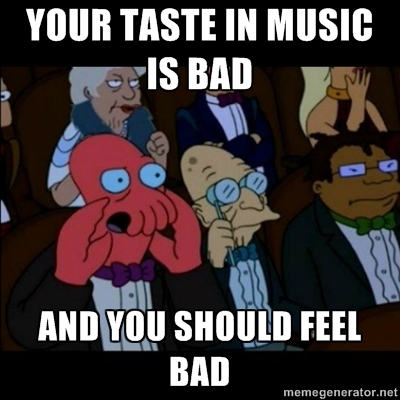I often like to ask local dancers and students for opinions or suggestions of things they would like to change to improve things for them. One suggestion I recently got has resonated with me and spurred discussion with other dancers I know ranging from former New School Swing instructors I am friends with to dancer friends I know in Montreal. What the dancers requested was creating resources for students who were at the intermediate or above level. This in turn brought the idea to my mind of,
“What resources a scene should be providing to intermediate or above students?”
I felt ill prepared to deal with this question because as I mentioned in a previous post, besides my occasional forays into Southern California most of my time was spent learning how to dance in an isolated town in Central Pennsylvania. In result ownership for my own dance education was something I was forced to take on much earlier than dancers in larger cities that had an infrastructure to support them.
Inspiration
One conversation I had about the topic was with my friend, Annabel Quisao who was at Penn State around the same time as myself. Here is a small snippet of our conversation,
Annabel – I definitely think that some classes geared toward intermediate dancers would give them a leg up and be one of these places for inspiration, but I don’t think that’s necessarily what keeps that level of dancer coming back or trying to improve. Once one gets to that level, there has to be some self discovery and ownership of one’s improvement.
Me – That last sentence about discovery and ownership of one’s improvement is my feeling about the whole situation as well. I wonder at times though if that was a by-product of us being stuck out in State College.
Annabel – The thing is that the scene still needs to find those moments of inspiration for the intermediate dancer so that they have the motivation they need. I do think that in State College, the inspiration came from the travelling and the desire to keep the whole scene going and to do that, we all needed to get better so that Penn State was a legitimate Lindy hop community. In some ways, I think teaching before you really are comfortable with the material is one of the fastest ways to have to take ownership.
A thing to note is Annabel brought up the idea that inspiration is what is important to dancers at that stage. I know many people including myself when they are asked the reason why they travel so far and invest some serious cash to make it out to ILHC is because is for the inspiration. I am inclined to agree with Annabel’s opinion because I think in order to become an advanced dancer part of that is finding ones’ own way to add artistic expression to their dancing. A good start is finding a source of inspiration, often imitation then innovation is a good route to go.
Unfortunately discovering original self-expression is a unique and difficult endeavor. While it is something that can be encouraged or coaxed out of a person, I personally believe it can’t be “taught” in classes. To add to the confusion it seems each person gets there via a different journey which is troublesome for people who like a formulaic approach to things.
Logistics
Resources is a thing that comes to mind as someone who helps organize things for a scene. Perhaps it is because I have read World War Z too many times, but when I think about resources the term that comes to mind is “Return on Investment” a.k.a. ROI.
For example one of the reasons why I focus my time helping to train new and current DJs in my local scene is I believe they affect the most people due to they control the music at the dances. The music at the dances in turn determines (ideally) how people dance. From a ROI perspective with 1 hour spent with 5-10 people talking about DJing this is great because I can potentially affect several hundred people depending upon the number of gigs each DJ plays in the upcoming weeks.
When I think about offering services for intermediate or above students I have an ROI conundrum. On one hand there is a chance that some of these students can potentially become teachers or sources of inspiration dancers down the road. It’s similar to planning a fruit tree and have it bloom with many seeds for the future. On the other hand these same people are a very small segment of the dancing population in my local scene. If you take the set of all dancers in a scene the higher perceived level for a dancer such as “intermediate” or “advanced” the smaller the subset exists. One could make an argument that from a ROI perspective I should focus on my larger segment of the population a.k.a. “beginners”.
When a scene has limited resources it is a decision between choosing by allocating resources to beginners who often are the ones who pay the bills to more experienced dancers who can possibly become pillars of your scene in the future. No one is psychic and can predict the future exactly, I would say a start to figuring things out from a logistical perspective is determining what the organizations who are in charge of a scene values so their resource investments further the scene moving in that direction.
Root of The Problem
I think the root of the problem is something best described by Jerry Almonte on an old Yehoodi thread titled How To Get Professional?
Like I said before, people are always looking for an easy to follow recipe to win more competitions, become a professional dancer, or what religion or political party, if any, to follow. And the answer that people don’t like to hear is that its all very complicated and depends on a lot of stuff, some of which you can control, and a lot of which you can’t. But they don’t have time for that kind of critique or self reflection especially for something like Lindy Hop.
– Yehoodi User JSAlmonte
To me a big part of becoming an advanced dancer is deciding what you as a person value in swing dancing and finding an effective way to communicate that, you must develop a personal taste for what is good dancing. A common pitfall I find many dancers stumble upon is they think the “recipe” to getting advanced is the imitation of better dancers (Skye clones ring a bell for anybody?) and often that results in them just looking like a caricature of the person they admire.
To discover what you like or value is a task that involves experimentation, taking risks, finding sources of inspiration, and going on adventures which are difficult to make time for if you have the approach of a cookie cutter mindset or if you want structured classes where instructors will tell you to do X, Y, and Z. I believe for a community to be successful in providing avenues for dancers to improve at the intermediate level and beyond is by creating environments where artistic experimentation is encouraged and if possible rewarded.
Solutions
Many scenes currently provide solutions such as weekend events usually focused on bringing in international instructors to provide inspiration and instructor or organizing teams for performance opportunities. These are not bad choices, but there exists the potential to create opportunities to push our intermediate and above dancers.
For example the Seattle Lindy Exchange sponsors this amazing contest every year known as the Jazz Dance Film Fest Contest. There is some high caliber clips that have come out of this contest and in addition due to there is no entry fee, so an individual who maybe wouldn’t compete in a public performance setting are happy to do so for a film.
One thing I would like to see come back that was more frequent during the Neo-Swing era are monthly or even weekly competitions. This is something I feel Southern California still does to this day and oddly not many other scenes (to my knowledge) still do. The prizes can be as simple as free admittance to the dance next week and the contests can be run fairly casually. The whole idea is providing the opportunity for dancers in their local scene to throw down and express themselves in a riskier environment than social dancing.
Another thing I have viewed many scenes do online is starting an email listserv or Facebook group for carpools/travel information so dancers in a scene or in close by scenes can network to travel to events. Surprisingly many dancers even at the intermediate level are not aware of resources such as SwingPlanIt and groups like these can bring them the awareness of popular out of town events and ease the facilitation of travel.
I have provided some solutions but it’s only a small smattering of the potential things a scene can do to help their intermediate and above students out. As long as solutions provide opportunity to allow dancers to experiment, take risks, or be inspired I think it’s a step in the right direction. If you have stories of things your local scene does well to assist this particular group of dancers or ideas of how to help them out, it would be great to read what you have to write in the comment section.
